Disclosure: This article contains affiliate links. We may earn a commission from purchases at no extra cost to you, which helps our travel content.
Standing at the confluence where Barnegat Bay meets the Toms River, I felt that familiar sense of ma — the meaningful pause between moments that my Japanese father taught me to appreciate. The coastal ecosystem here in Toms River, New Jersey creates a unique dialogue between land and water that reminds me of my childhood summers spent along Mexico's Pacific coast. Yet this mid-Atlantic watershed has its own distinct character: a blend of maritime heritage, family-friendly recreation, and surprisingly resilient natural systems that have adapted to human presence over centuries.
The Barrier Island Sanctuary: Island Beach State Park
Just a 20-minute drive from downtown Toms River lies one of New Jersey's most pristine natural treasures. Island Beach State Park stretches across ten miles of undeveloped barrier island, preserving the kind of coastal dune ecosystem that once dominated the Atlantic seaboard.
During my early morning photography expedition, I captured the interplay of light across primary and secondary dune systems while families of piping plovers darted along the shoreline. The park's educational programs about dune ecology are exceptionally well-designed for children, teaching fundamental concepts about how these fragile systems protect mainland communities.
For serious nature photographers, I recommend bringing a telephoto zoom lens to capture the diverse shorebirds without disturbing their habitat. My field recordings here captured the distinctive three-note whistle of the endangered piping plover—a sound that's becoming increasingly rare along developed coastlines.
The park's northern section tends to be busier with swimmers and sunbathers, but venture south beyond the main pavilion and you'll find stretches of beach where the only footprints might be your own and those of the ghost crabs that emerge at dusk.

💡 Pro Tips
- Arrive before 9am during summer months to secure parking and experience wildlife at its most active
- The park's mobile app includes excellent interactive guides to identifying local flora and fauna
- Bring twice as much water as you think you'll need—the dune environment is surprisingly dehydrating
Barnegat Bay: A Family's Aquatic Playground
Unlike the high-altitude plateaus I typically gravitate toward, Barnegat Bay offers a different kind of ecological classroom—one that's particularly accessible for families with children of various ages and abilities.
Renting kayaks from Toms River Kayaking proved to be the highlight of my week. The outfitter offers stable, family-friendly tandem kayaks that allow parents and children to paddle together. The guides provided fascinating context about the bay's ecological challenges, including efforts to restore seagrass beds that serve as critical habitat for juvenile fish species.
For families with older children, I recommend the half-day eco-tour that explores the salt marshes near Good Luck Point. Here, the guides expertly balance educational content about marsh ecology with hands-on experiences like using compact binoculars to spot osprey nests and using seine nets to temporarily capture and identify small marine creatures before releasing them.
The bay's protected waters maintain comfortable temperatures throughout summer, making it ideal for first-time paddlers. The extensive shallow areas also create a natural laboratory for observing blue crabs, horseshoe crabs, and various bivalve species that children find endlessly fascinating.
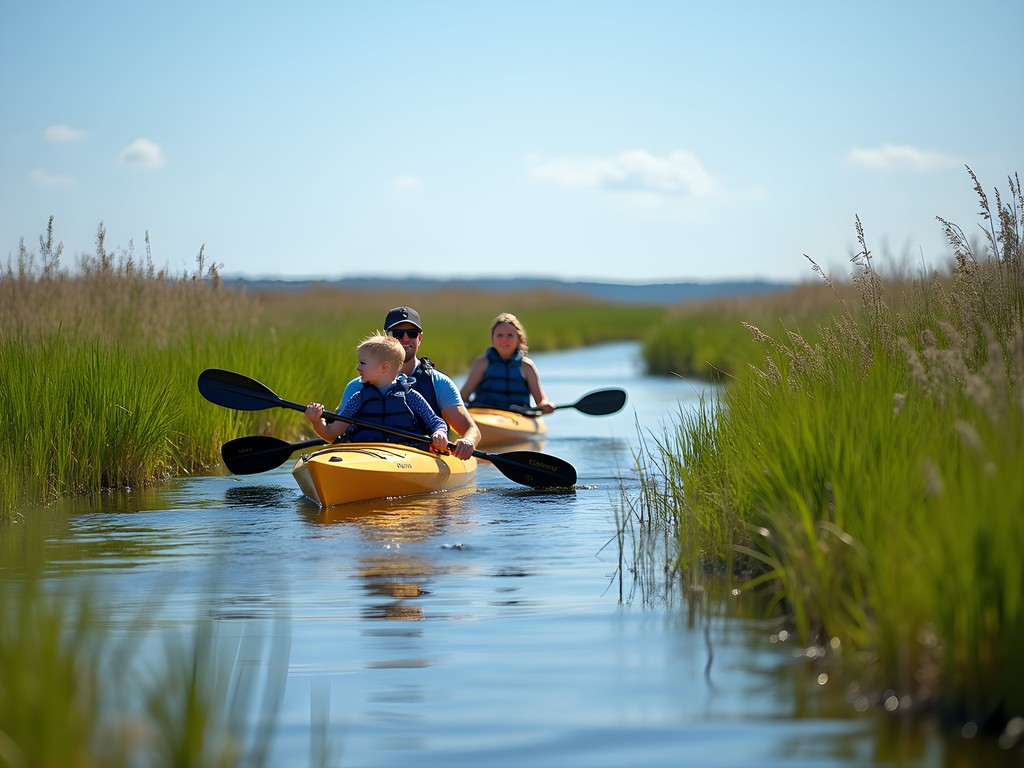
💡 Pro Tips
- Book water activities for weekday mornings when the bay has less motorboat traffic
- The northern parts of the bay near Silver Bay offer the clearest water for underwater observation
- Bring polarized sunglasses to cut glare and better see marine life beneath the surface
Toms River Environmental Education: Where Technology Meets Ecology
What surprised me most about Toms River was discovering the Toms River Maritime Center, where my dual passions for technology and environmental education converge. The center's interactive watershed model uses augmented reality to demonstrate how pollutants travel from inland areas to the bay—technology that would have revolutionized my mother's environmental science classroom in Guadalajara.
Families with children between 8-14 will particularly appreciate the center's citizen science programs. During my visit, I joined a group collecting water quality data using portable water testing kits that sync with a smartphone app to contribute to a regional database tracking bay health over time.
The center's director, Dr. Elena Kaplan, shared how they're using underwater drones to monitor seagrass restoration projects—a perfect example of how technology can be deployed for ecological healing rather than exploitation. For tech-interested teens, the center offers summer workshops on environmental monitoring using Arduino-based sensors that participants build themselves.
What makes this place special is how it connects Toms River's industrial past—including its unfortunate history with chemical contamination—to present-day restoration efforts, creating a powerful narrative about environmental resilience and community responsibility.

💡 Pro Tips
- The center's 'Water Wanderers' program on Thursdays is specifically designed for families with mixed age groups
- Pre-register for the monthly nighttime plankton observation sessions that use specialized UV equipment
- The center's lending library allows visitors to borrow field equipment for independent exploration
Seasonal Rhythms: Beyond Summer's Embrace
While Toms River shines brightest during summer months, my conversations with local environmental guides revealed the area's year-round appeal for families interested in ecological observation.
Fall brings spectacular migratory bird watching as the Atlantic Flyway fills with species making their southern journey. The Edwin B. Forsythe National Wildlife Refuge (just north of Toms River) offers an 8-mile wildlife drive where families can observe this migration from the comfort of their vehicle—ideal for unpredictable weather or families with very young children.
Winter transforms the coastal landscape into a stark, minimalist canvas that reminds me of the negative space principles in Japanese landscape design. The beaches and marshes empty of summer crowds, creating contemplative spaces for nature photography. I found my waterproof camera invaluable during winter beachcombing, as winter storms wash up fascinating marine artifacts and the tide pools reveal different species than summer months.
Spring offers perhaps the most magical experience for families with children interested in marine biology: horseshoe crab spawning. These living fossils—unchanged for 450 million years—emerge by the thousands during full moon high tides in May and June. Local conservation groups organize family-friendly evening observation walks that allow children to witness this ancient ritual while learning about conservation efforts to protect these important creatures.
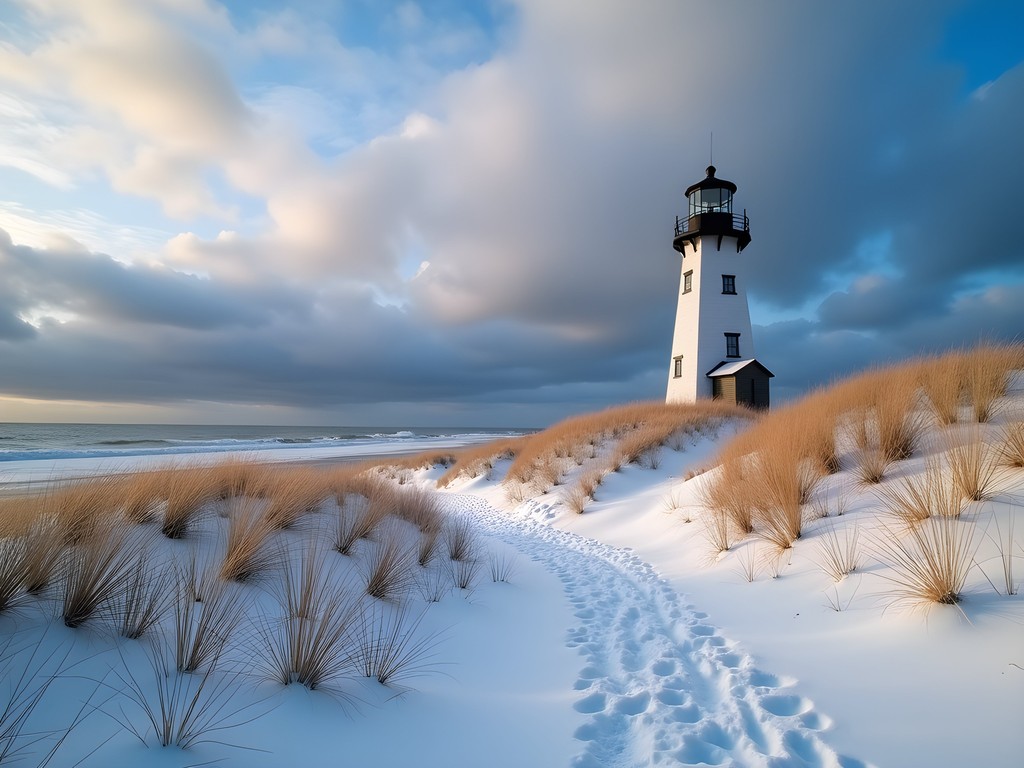
💡 Pro Tips
- The first week of October typically offers peak fall bird migration viewing
- Winter beach visits are best timed for the hour before low tide for optimal beachcombing
- Reserve spots for spring horseshoe crab walks at least two months in advance as they fill quickly
Final Thoughts
As I packed my waterproof daypack for one final morning of photography along the Toms River estuary, I reflected on how this coastal community embodies what I've observed in resilient ecosystems worldwide: adaptability, interconnection, and regenerative potential.
What makes Toms River exceptional for family adventures isn't just its obvious recreational assets—the beaches, waterways, and maritime activities—but the way these experiences can be layered with deeper ecological understanding. Children who catch their first blue crab here might grow up to become the marine biologists who develop solutions for coastal communities facing climate challenges.
In the spaces between structured activities—those moments of ma that create room for reflection—Toms River offers families something increasingly precious: unscripted time to observe natural processes unfolding. Whether you're watching piping plovers dance along the tideline or helping your child identify marsh grasses, these shared moments of discovery forge connections not just to this particular place, but to our collective responsibility as stewards of coastal ecosystems everywhere.
I invite you to bring your family to Toms River with open eyes and curious minds. The water is waiting to work its transformative magic—just as it has for generations before us, and will for generations to come.
✨ Key Takeaways
- Toms River offers layered experiences that combine recreation with environmental education
- The shoulder seasons (spring/fall) provide unique ecological observations impossible during summer
- Local conservation organizations provide family-friendly programming year-round
- The area's environmental recovery story provides valuable lessons in resilience and stewardship
📋 Practical Information
Best Time to Visit
Late May through September for water activities; April-May for horseshoe crab spawning; October for bird migration
Budget Estimate
$1,500-2,000 for a family of four for one week (accommodations, activities, meals)
Recommended Duration
5-7 days
Difficulty Level
Intermediate

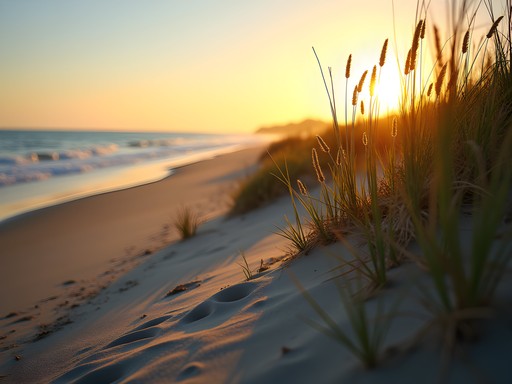
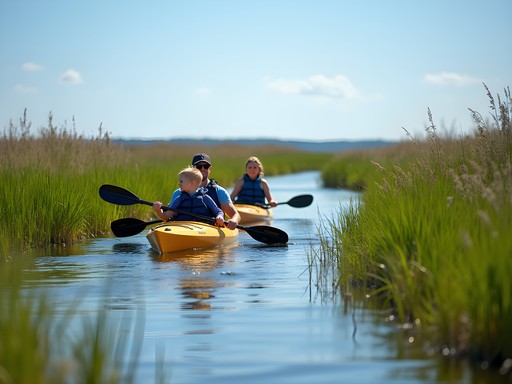










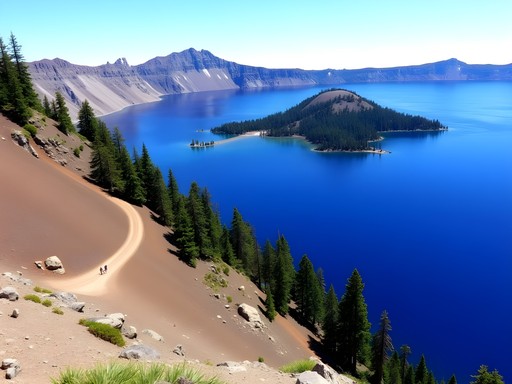

Comments
sunsetzone
Just got back from Island Beach State Park last month and it was incredible! We saw so many shore birds during our hike on the nature trails. The dunes are absolutely stunning. My kids loved exploring the tidal pools - found some really cool horseshoe crab shells. Definitely recommend going early in the morning to avoid crowds, even in the off-season. The light for photography is magical then too, Akiko!
skyzone
Wow, never thought of Toms River as a year-round destination! Always just went in summer.
Akiko Burns
That's exactly why I wanted to highlight it! The off-season has its own magic.
EastCoastExplorer
If you're visiting in September, don't miss the Toms River Seafood Festival! Amazing local catches and the clam chowder competition is legendary.
adventurewalker
Thanks for the tip! Is parking a nightmare during the festival?
EastCoastExplorer
It gets busy but they have shuttle buses from the high school parking lot. Much easier than trying to find downtown parking!
adventurebuddy
Are the nature trails stroller-friendly? Planning to bring my toddler.
redexplorer
Some are! The Maritime Forest Trail has boardwalks that worked great with our stroller. The beach trails are tougher though - sand wheels would help there.
adventurebuddy
Perfect, thanks for the info! We'll stick to the boardwalk trails.
coastal_dreamer
Those photos of Barnegat Bay at sunset are absolutely stunning! Adding this to my bucket list.
Claire Hawkins
Akiko, your description of finding that sense of 'ma' by the water resonated so deeply with me! We spent a week in Toms River last spring, and my children still talk about our day at Island Beach State Park. The maritime forest trails were perfect for little explorers, and we spotted so many shorebirds! One tip for families: pack a picnic and plenty of water for Island Beach - the amenities are limited outside summer. We used our collapsible water bottles which were perfect for the trails and beach. The sunset kayak tour on Barnegat Bay was another highlight - even my 7-year-old managed it beautifully with a guide.
beachcomber92
Love the kayak tour recommendation! Did you book through the state park or a private company?
Claire Hawkins
We used Barnegat Bay Adventures - they were great with kids and provided all the equipment. Worth every penny!
adventurewalker
Great post! Is Toms River worth visiting in October? Or should I wait until next summer?
Claire Hawkins
I was just there last October with my kids! The fall colors reflecting on Barnegat Bay were stunning. Fewer crowds too. The environmental education center had special autumn programs about migration patterns.
adventurewalker
That sounds perfect! Did you need to book the education center activities in advance?
Claire Hawkins
Yes, definitely book ahead for the weekend programs. They fill up fast, especially the guided nature walks. Weekdays are easier to get into last minute.
starqueen
Just booked our trip for October! So excited after reading this!
Sarah Powell
What I appreciate most about this piece is how Akiko highlights the off-season appeal of Toms River. I've been analyzing coastal tourism patterns for my blog, and places like this that maintain their character year-round are increasingly rare. I visited in early March last year and was pleasantly surprised by the winter birding opportunities. The contrast between the serene bay waters and the dramatic winter Atlantic is something few visitors get to experience. The environmental education programs were running even then - I participated in a fascinating workshop on coastal resilience that changed how I view barrier island ecosystems. Toms River deserves recognition for balancing tourism with environmental stewardship.
summerzone
Just got back from Toms River with my family and we had the BEST time on Barnegat Bay! Rented a pontoon boat for the day and the kids couldn't get enough of it. The water was so calm compared to the ocean beaches. We packed lunch and anchored near one of the little islands for a picnic. Definitely bringing my waterproof phone case next time though - almost had a disaster with my phone when my 6-year-old decided to splash everyone! 😂 The rental places book up fast in summer so reserve early if you're planning a trip!
Venture X
Premium card with 2X miles, $300 travel credit, Priority Pass